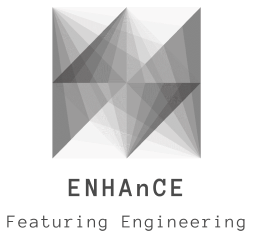
Particle filter-based hybrid damage prognosis considering measurement bias.
Reduction of Petri net maintenance modeling complexity via Approximate Bayesian Computation.
Risk-based maintenance strategy selection for wind turbine composite blades.
Numerical simulation-aided particle filter-based damage prognosis using Lamb waves.
Structural digital twin framework: Formulation and technology integration.
Guided waves-based damage identification in plates through an inverse Bayesian process.
Particle filter-based delamination shape prediction in composites subjected to fatigue loading
Self-adaptative optimized maintenance of offshore wind turbines by intelligent Petri nets
Probabilistic safety Assesment in Composite Materials using BNN by ABC-SS
Intelligent health inidicator based on semi-supervised learning utilizing acoustic emission data.
A wind turbine blade leading edge rain erosion computational framework.
Physics-guided Bayesian neural networks by ABC-SS: Application to reinforced concrete.
Particle filter-based damage prognosis by online feature fusion and selection.
An asset management framework for wind turbine blades considering reliability of monitoring system.
Intelligent and adaptive asset management model for railway sections using the IPN method.
Optimized Petri net model for condition-based maintenance of a turbine blade.
An optimized asset management Petri net model for railway sections.
Reduction of Petri net maintenance modeling complexity via approximate Bayesian computation.
Particle filter-based prognostics for composite curing process
Multiple local particle filter for high-dimensional system identification
Particle filter-based fatigue damage prognosis by fusing multiple degradation models
Reliability-based leading edge erosion maintenance strategy selection framework
Training of physics-informed Bayesian neural networks with ABC-SS for prognostic of Li-ion batteries
Reduction of Petri net maintenance modelling complexity via approximate Bayesian computation
Intelligent Health Indicators Based on Semi-supervised Learning Utilizing Acoustic Emission Data
Probabilistic safety assessment in composite materials using BNN by ABC-SS






